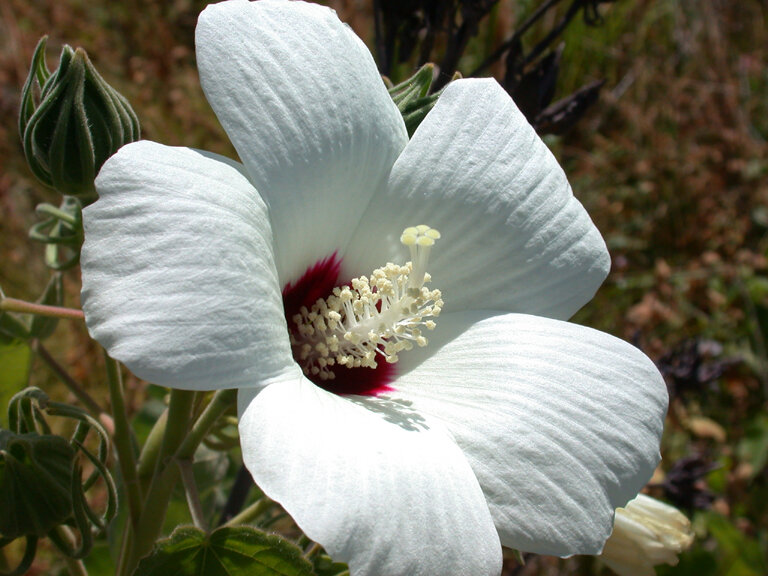Terran Design recognizes that humans are an inherent part of nature, that we have a unique responsibility as stewards of land, and that it’s time to reconnect. There are many ways to do this. One small way is to plant plants that have been adapting to conditions in this region for thousands of years, bringing pollinating birds and insects into our living spaces and providing habitat for those that still live here. We can also connect through food, by harvesting from vegetable gardens, home orchards, and herbal and medicinal planting beds. And we can connect by giving back - by feeding the soil, sinking water in the ground, and storing energy. Giving back to land also means giving back to the indigenous communities who still live here today, and advocating for policies that support the health of the land, so we’re working on that, too.* Terran Design seeks to create landscapes that are full of life and that foster beauty, abundance, and community. 


Molly Roy is the founder and lead designer for Terran Design. She holds geography, horticulture and landscape design degrees from UC Berkeley and American River College, and previously worked and volunteered for various farms, gardens, and nurseries in the Bay Area, Colorado, and the Sacramento region. Molly was the lead landscape designer, plus part-time estimator and project manager, for a local design-build native plant landscaping company, and is a member of the Association of Professional Landscape Designers and a certified Watershed Wise Landscape Professional. She has been developing her knowledge of plants - annuals, perennials, trees, edibles, natives, and ornamentals - for over 15 years. To read client reviews of Terran Design’s work, see here. Molly also runs a cartography, graphic design and illustration business, M. Roy Cartography.* Indigenous Nisenan and Miwok peoples continue to live in this region and are working hard to maintain their cultures and pass on their teachings to the next generations. The Nisenan tribe’s federal recognition and land was illegally taken away in 1964 and, as a result, the Nisenan tribe does not have access to any of the Federal programs that serve Indigenous peoples (for example in health care, housing, or economic development) . As a very small contribution to their efforts to maintain their livelihoods, Terran Design donates 25% of any profits made to CHIRP (California Heritage: Indigenous Research Project).